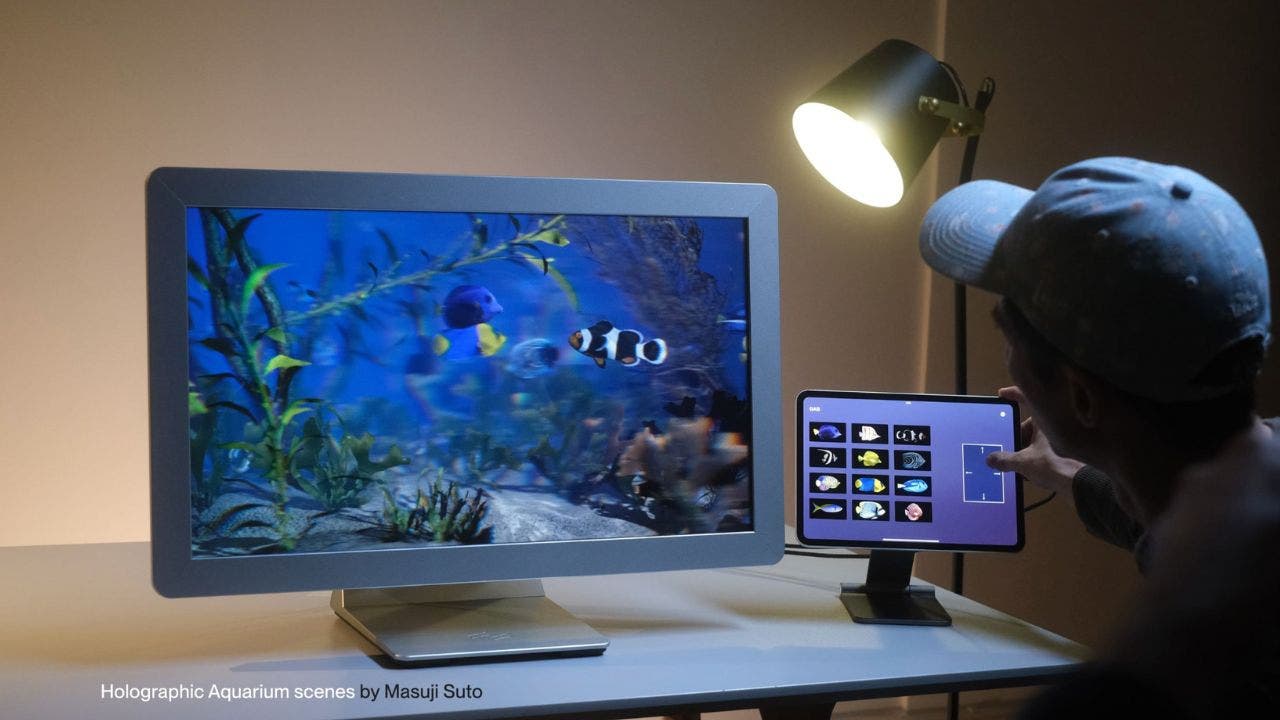Microplastics are everywhere: 6 ways to help protect your health — and the planet

Purging our world of microplastics requires change at the government level. But until that happens, there are some things individuals can do to make a difference.
Plastic pollution has become a global crisis, with microplastics contaminating every corner of our planet. These tiny particles, measuring less than five millimetres, are a result of the breakdown of larger plastic items and can be found in the air we breathe, the water we drink, and even in our bodies.
A report from the United Nations Environment Programme (UNEP) revealed that the world produces approximately 400 million tonnes of plastic waste annually, with a staggering 85 per cent ending up in landfills, incinerators, or the environment where it breaks down into hazardous microplastics.
In the eye-opening documentary, Plastic People, hosted by Sarika Cullis-Suzuki and science journalist Ziya Tong, the extent of microplastic contamination is explored. From household dust to backyard snow, microplastics are everywhere, including in our bodies. Research has shown that humans could be ingesting up to five grams of plastic every week, with potentially harmful compounds like phthalates and bisphenol A (BPA) making their way into our systems.
To address this pressing issue, government intervention is crucial. The UNEP is currently working on an international legally binding agreement on plastic pollution, which will cover the entire life cycle of plastic from production to disposal. However, until these policies are implemented and alternative materials become mainstream, there are actions individuals can take to reduce their contribution to microplastic pollution.
Here are some steps you can take to make a difference:
1. Opt for natural fibres: Choose clothing made from natural materials like cotton, wool, and linen instead of synthetic fabrics like polyester and nylon, which shed microfibres.
2. Wash synthetic clothes on a gentle cycle: Washing synthetic fabrics on a gentle cycle with cold water can reduce microplastic shedding by nearly 70 per cent. Using a washing bag can also help capture microfibres before they enter the water system.
3. Replace plastic storage containers and kitchen tools: Swap plastic containers and utensils for glass, stainless steel, wood, or bamboo alternatives to minimize exposure to microplastics.
4. Avoid products with microbeads: Check labels for ingredients like polyethylene or polypropylene in personal care products and opt for natural exfoliants instead of those containing microbeads.
5. Cut back on single-use plastic: Invest in reusable shopping bags, water bottles, and containers to reduce your reliance on single-use plastic items.
6. Make swaps at the grocery store: Choose products packaged in glass or paper instead of plastic, opt for less processed foods to reduce microplastic intake, and consider limiting shellfish consumption to reduce exposure to microplastics.
By taking these simple steps, individuals can play their part in reducing microplastic pollution while we wait for government-level changes to take effect. Watch Plastic People on CBC Gem and The Nature of Things YouTube channel to learn more about the impact of microplastics on our planet and health.



